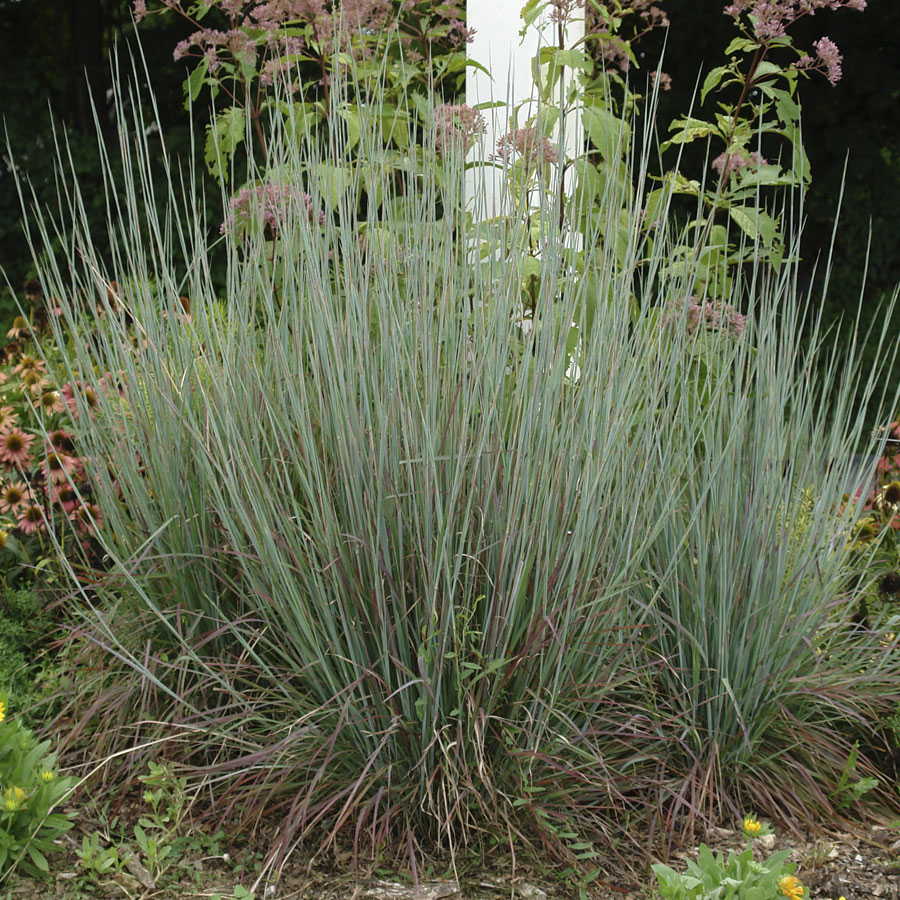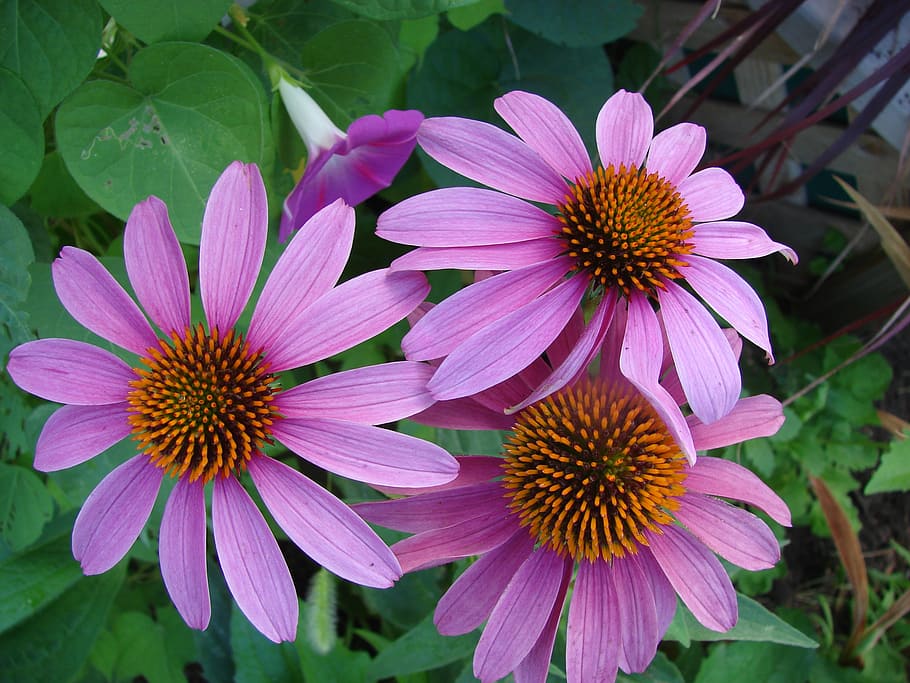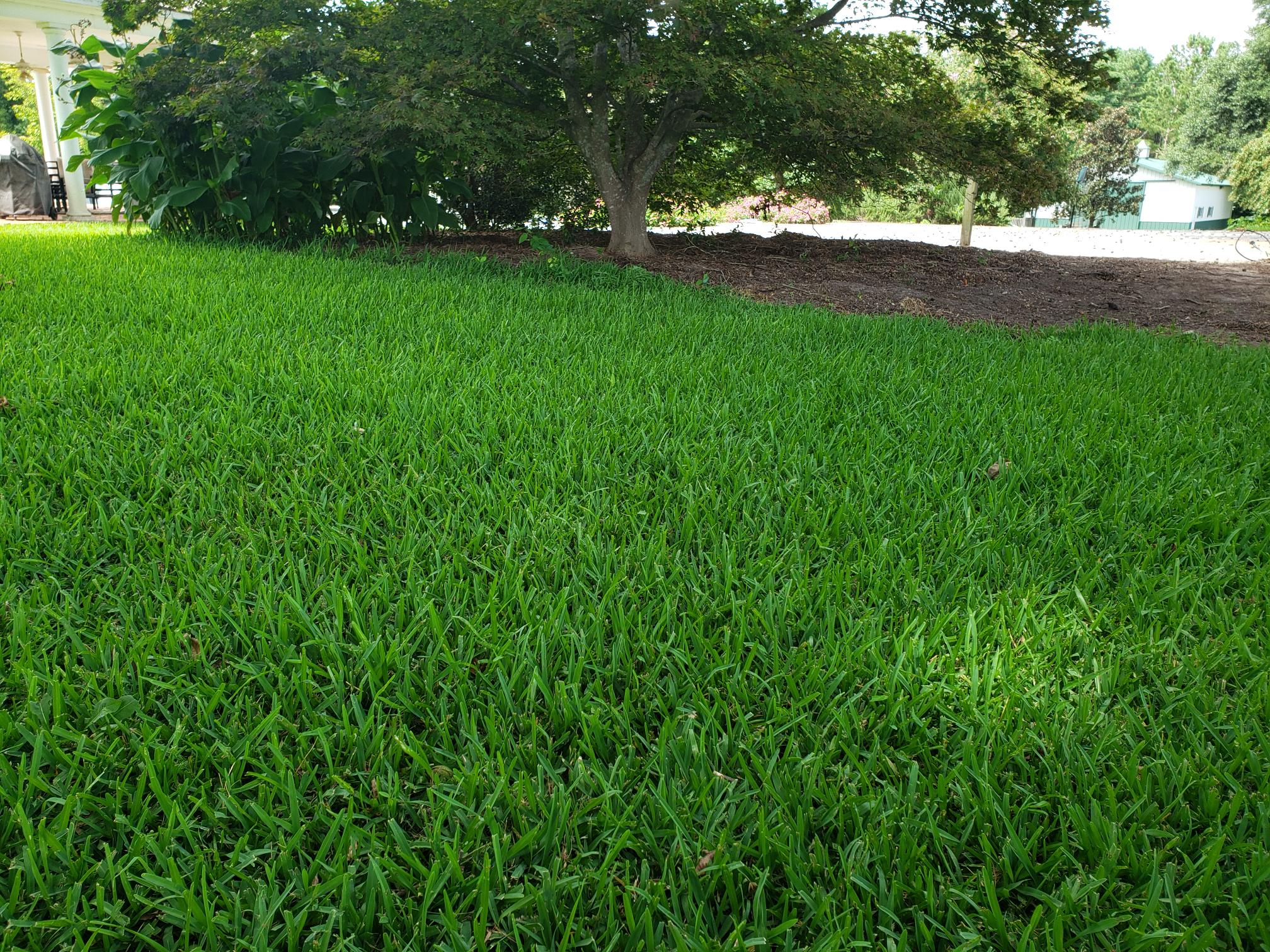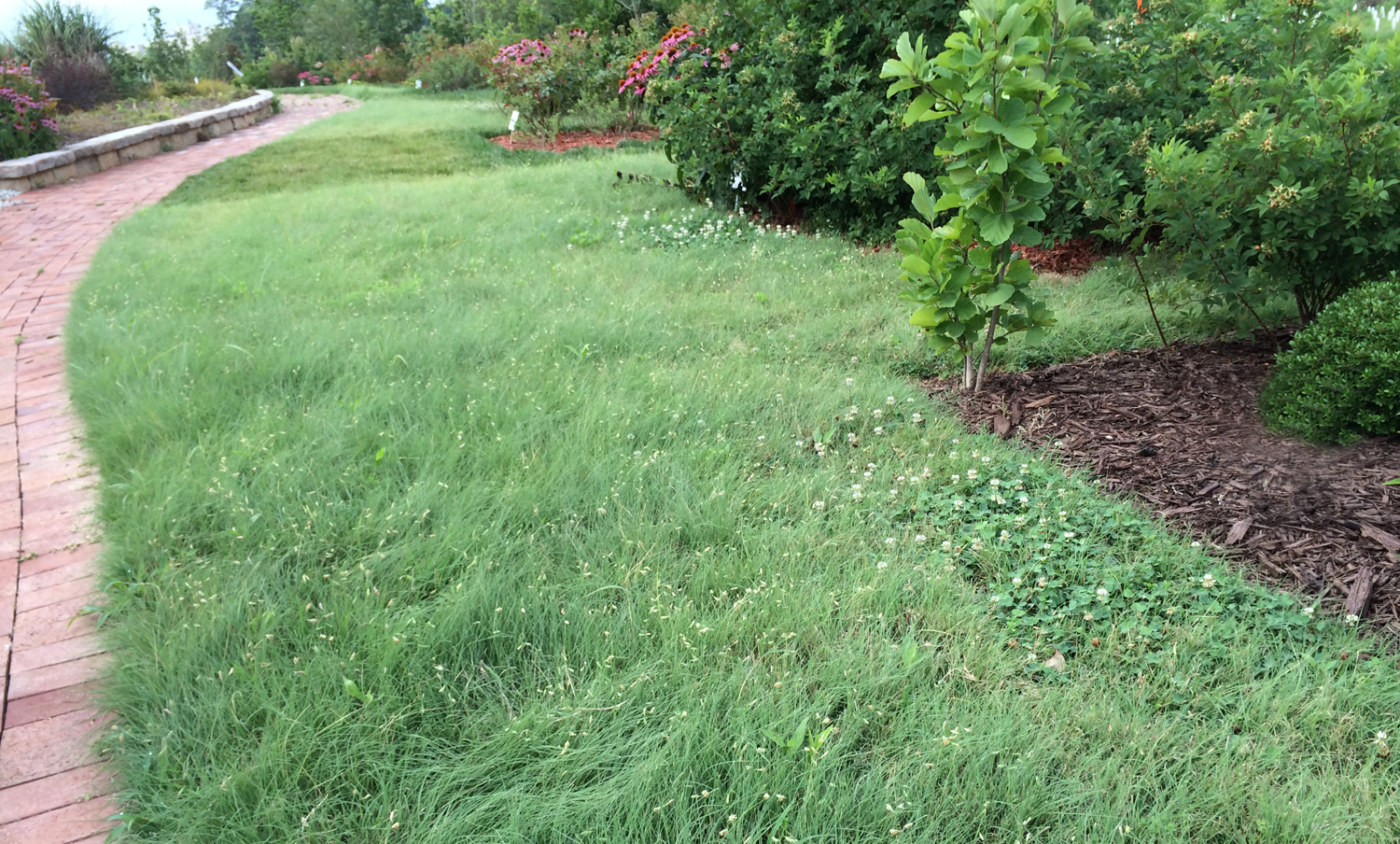The Roots
Designing for Sustainability
While the roots of prairie species are not as dramatic as the massive roots of an oak or cypress, they are essential elements in prairie ecosystems. Compared to the above-ground part of the plant, root systems can be surprisingly large, with extensive networks burrowing feet below the surface. Purple Coneflower (Echinaceae purpurea), Little Bluestem (Schizachyrium scoparium), and Yucca (Yucca sp.) are depicted in the sculpture The Roots. Little Bluestem’s mat of filigreed fibers is contrasted next to the Yucca’s stout tap root. The Coneflower has adapted an approach somewhere between the two. These steel-cut roots demonstrate plants’ differing adaptations for coping with limited water, scarce nutrient resources, and inclement weather.
Above the Surface
Blue Grama Native forbs and grasses are also home to a variety of species above the surface. Pollinators buzz from flower to flower collecting pollen and nectar as food. Birds and other wildlife feed on the seed heads of both flowers and grasses. These diverse plants provide food and shelter that meet the needs of the many forms of wildlife that live throughout the site. Look around…How many different grasses and wildflowers do you see?
Into the Depths
What looks like a simple field of grass is actually a complex landscape teeming with biodiversity. The roots of native prairie grasses penetrate deep into the ground, which prevents erosion, purifies the water, and allows the water to slowly recharge the aquifer. The roots not only hold the soil in place, they also aid in carbon storage that increases soil resiliency, nutrient levels, and microbial activity. Different plants have very different root structures. Traditional grasses like St. Augustine have shallow roots, which means they need frequent watering to stay healthy. Native prairie grasses, on the other hand, have adapted to our dry climate by developing long roots that reach deep underground to find the water they need.
Explore Further: At-Home Activity
Test your knowledge and match each plant to its root depth!
Root Depth Quiz







